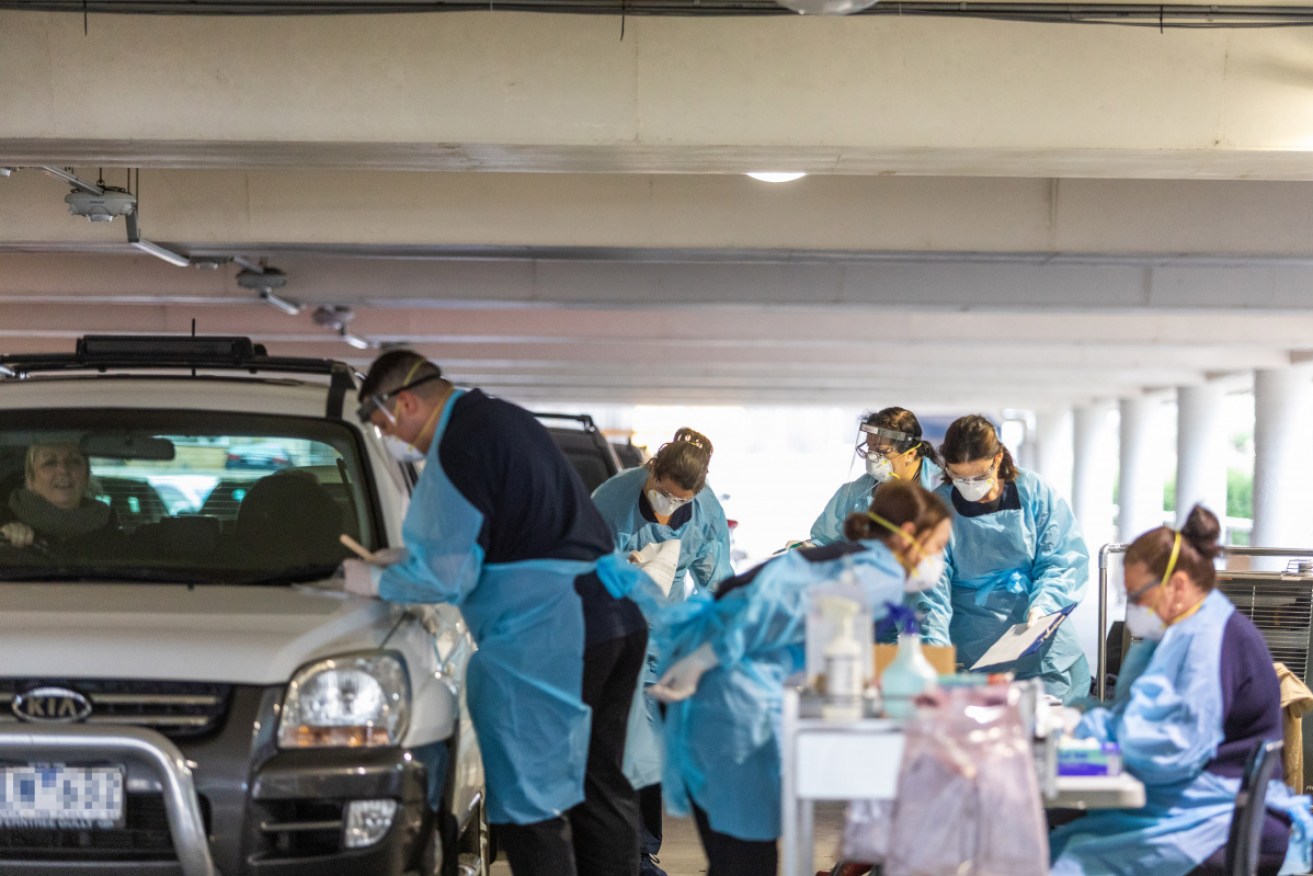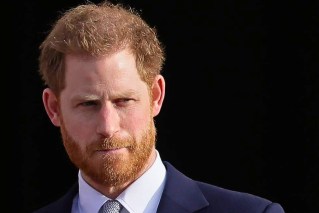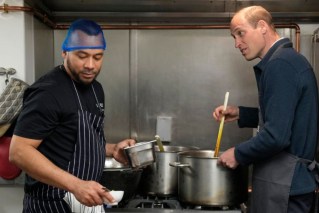Coronavirus testing then and now: What has changed and what hasn’t


Drive-through clinics have popped up in carparks all over the country. Photo: Getty
The countdown until the May 11 reassessment of Australia’s coronavirus lockdown laws is keeping the nation on the edge of their seats.
According to Victorian Minister for Health, Jenny Mikakos, a record number of tests were administered to more than 13,000 Victorians on Sunday alone, as the state government’s 100,000 testing blitz enters its second week.
Tests are now available to anyone showing COVID-19 symptoms, but many Aussies still don’t know what to expect.
https://twitter.com/JennyMikakos/status/1257117286529331201
How does testing work?
Testing methods for coronavirus in Australia haven’t changed much, but criteria for testing eligibility has.
Up until mid-April, the only people eligible for testing were recent travellers, those they had come into contact with, and essential workers.
Now, anyone showing even the mildest of symptoms is encouraged to get tested to help paint an accurate picture of Australia’s infection rate.
Symptoms include coughing, stuffy nose, sore throat, fatigue, fever and shortness of breath.
There are two main types of tests that can be performed to detect COVID-19.
The first test involves a special swab taken from the back of a patient’s nose or throat – these locations are hotspots where the virus replicates.

Viral cells multiply in the back of the nose and throat. Photo: Getty
Swabs obtained from these areas are among the best placed to collect coronavirus cells, which can then be compared to the COVID-19 genetic code scientists have identified.
The other type of test requires samples from the lower respiratory tract.
The patient will cough phlegm into a container to be tested – this spot contains the highest detectable viral load.
Those collecting the swabs will need to be in full protective attire, including face masks, eye protection, gloves and a gown.
How long do results take?
The current turnaround for coronavirus test results is roughly two days.
The wait time is expected to slightly increase as more tests are administered and pathologists battle an ever-growing backlog.
Quicker tests that take between 15 minutes and half an hour exist but are considered less accurate and might return false negatives.

The federal government is preparing to reassess State of Emergency restrictions. Photo: Getty
According to the government, patients presenting serious symptoms will be taken to hospital and kept isolated until results are returned.
Those who display minor symptoms are encouraged to stay fully isolated while waiting for results.
Where can I get tested?
The federal government has reported that so far more than 633,000 Australians have been tested for COVID-19.
Previously, tests were only available from general practitioners, community health centres and acute respiratory assessment clinics.
Now, there are a number of locations that offer testing to people with or without symptoms.
Patients can now attend a number of mobile drive-through clinics, which have popped up in various locations, including shopping centre car parks, all over the country.
More information about testing locations is available from state and federal governments.








